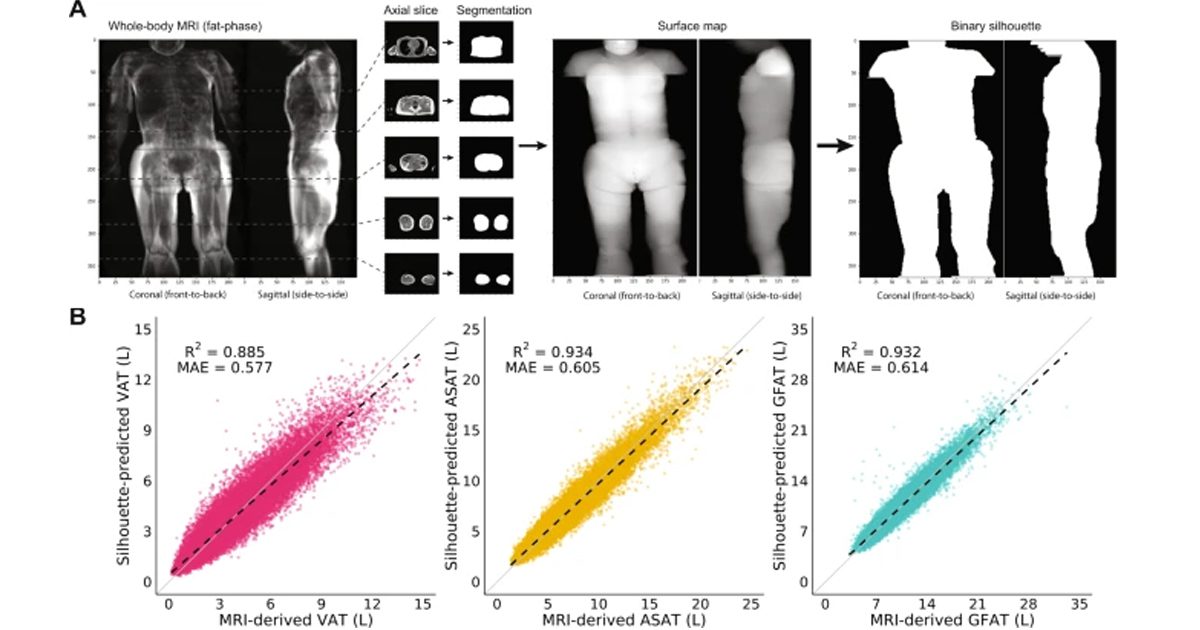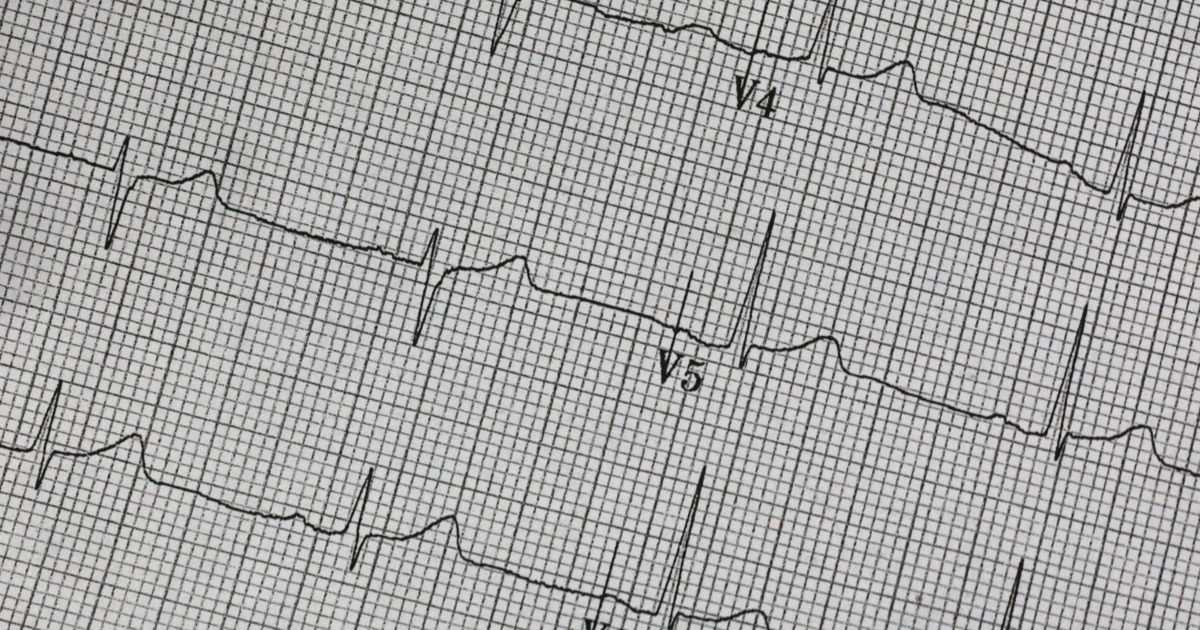Estudio mostró que a través de imágenes médicas de la silueta del cuerpo es posible medir la distribución de la grasa corporal y el riesgo de padecer enfermedades cardiovasculares.
La distribución de la grasa en el cuerpo es clínicamente importante sin embargo no siempre se evalúa en la práctica de manera rutinaria. Por ejemplo, el índice de masa corporal (IMC), es un indicador de la carga total de grasa, que se utiliza para definir la obesidad en la práctica clínica y como un evaluador del riesgo de enfermedades cardiovasculares y diabetes tipo 2. Aunque se trata de un indicador útil, la distribución de grasa puede ser más útil para definir los perfiles de riesgo metabólico.
Investigadores del MIT desarrollaron un modelo de aprendizaje profundo que utiliza imágenes por resonancia magnética (IRM), para identificar depósitos de grasa en el cuerpo y así identificar mejor el riesgo metabólico. Estudios previos habían utilizado imágenes como: tomografía computarizada (TC) y absorciometría de rayos X de energía dual (DEXA).

El estudio incluyó la participación de 40 mil 32 personas del sub estudio de IRM corporal del Biobanco del Reino Unido. La edad media de los participantes fue de 65 años, y 20,597 (51%) eran mujeres. Para el estudio tomaron en cuenta las siguientes variables en las imágenes recuperadas: tejido adiposo visceral (VAT, en inglés), que es la grasa que rodea los órganos internos; tejido adiposo subcutáneo abdominal (ASAT, en inglés) es decir la acumulación de grasa justo debajo de la piel; y el tejido adiposo gluteofemoral (GFAT, en inglés).
Para el estudio se generaron siluetas coronales y sagitales de cada paciente, realizando segmentación del contorno del cuerpo en IRM axial. A su vez calcularon un mapa de superficie del volumen de segmentación resultante. Finalmente, las imágenes de superficies tridimensionales fueron proyectadas en imágenes bidimensionales y convirtieron la intensidad de pixeles en valores binarios.
Finalmente, las siluetas resultantes se utilizaron como entradas para el entrenamiento de una red neuronal convolucional, capaz de predecir volúmenes de VAT, ASAT y GFAT utilizando mediciones logradas por IRM y un procedimiento de validación cruzada.
“Los modelos de aprendizaje profundo con validación cruzada entrenados en estas imágenes, utilizando volúmenes estimados de resonancia magnética de todo el cuerpo calculados previamente como etiquetas de verdad, demuestran una estimación muy precisa de los volúmenes VAT, ASAT y GFAT”, explicaron los autores.
Check the full study at the following link:







